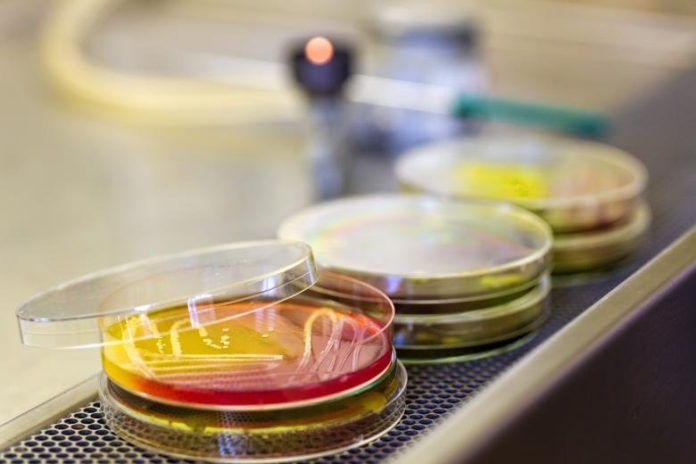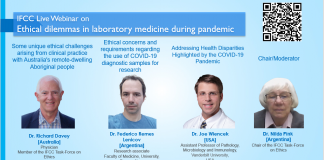Effective implementation of this function requires careful consideration of specimen collection and processing, pathogen detection techniques, and prompt and precise reporting of identification and susceptibility results. The responsibility of the treating physician is proper formulation of the analytical request and to provide the laboratory with complete and precise patient information, which are inevitable prerequisites of a proper testing and interpretation. The clinical microbiologist can offer advice concerning the differential diagnosis, sampling techniques and detection methods to facilitate diagnosis. Rapid detection methods are essential, since the sooner a pathogen is detected, the better chance the patient has of getting cured. Besides the gold-standard blood culture technique, microbiologic methods that decrease the time in obtaining a relevant result are more and more utilized today. In the case of certain pathogens, the pathogen can be identified directly from the blood culture bottle after propagation with serological or automated/semi-automated systems or molecular methods or with MALDI-TOF MS (matrix-assisted laser desorption-ionization time of flight mass spectrometry). Molecular biology methods are also suitable for the rapid detection and identification of pathogens from aseptically collected blood samples. Another important duty of the microbiology laboratory is to notify the treating physician immediately about all relevant information if a positive sample is detected. The clinical microbiologist may provide important guidance regarding the clinical significance of blood isolates, since one-third to one-half of blood culture isolates are contaminants or isolates of unknown clinical significance. To fully exploit the benefits of blood culture and other (non- culture based) diagnoses, the microbiologist and the clinician should interact directly.
Author: Katalin Kristóf, Júlia Pongrácz
Click here to access full PDF.
Copyright © 2016 International Federation of Clinical Chemistry and Laboratory Medicine (IFCC). All rights reserved.
This is an Open Access article distributed under the terms of the Creative Commons Attribution Non-Commercial License (http://creativecommons.org/licenses/by-nc/3.0/) which permits unrestricted non-commercial use, distribution, and reproduction in any medium, provided the original work is properly cited.











